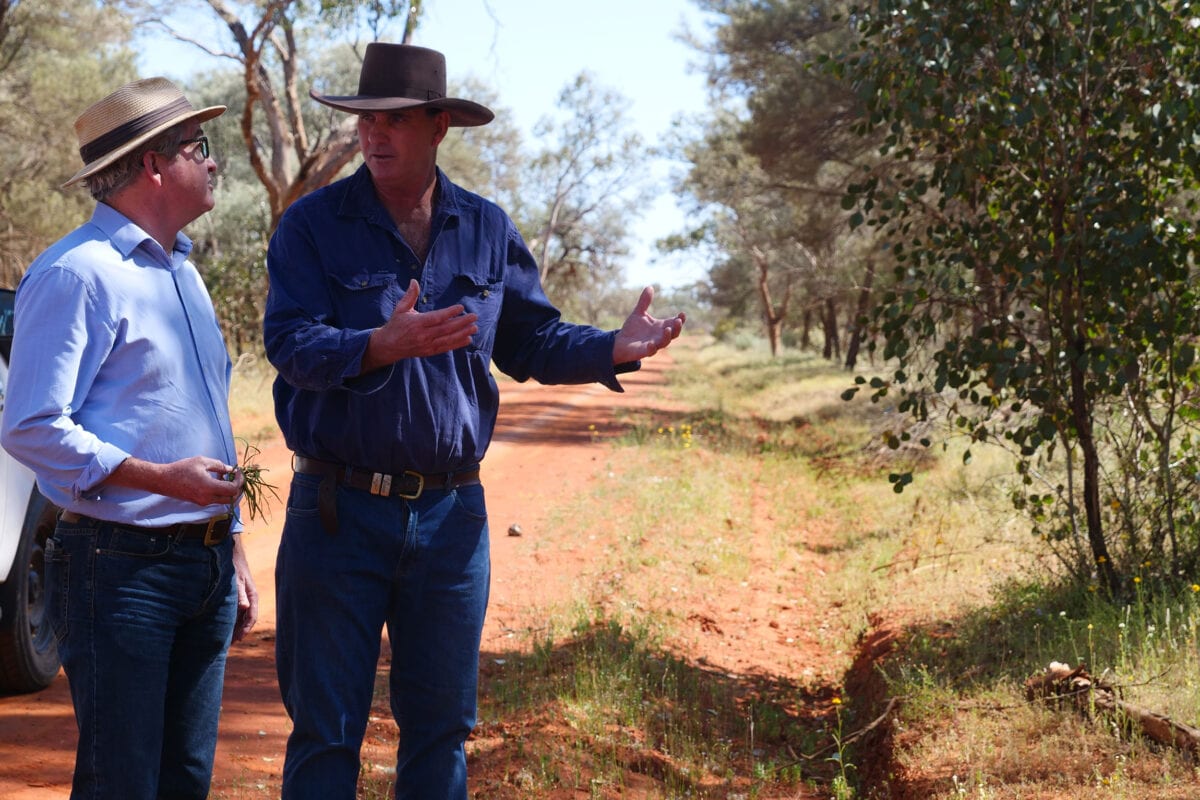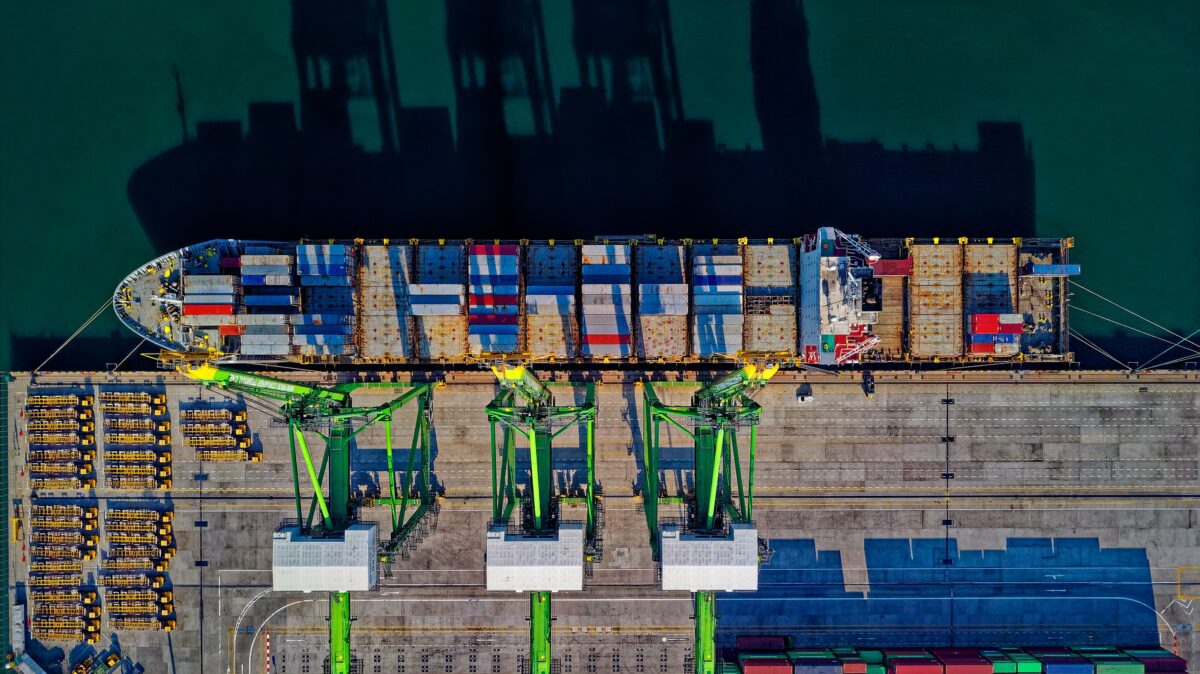Australia’s independent Climate Change Authority recently released its report on what’s required for Australia to meaningfully contribute to the fight against climate change.
It contained important messages, including that every sector of the economy must play its part, and that we need to immediately accelerate the deployment of existing technologies, while rapidly developing emerging technologies.
The report also highlighted the crucial role that the land and agriculture sector must play, alongside decarbonisation in other sectors. Phasing out fossil fuels in electricity generation and reforms within the built environment can deliver zero emissions in these sectors by 2050, but the transition will be harder for the industry, resources and transport sectors.
Only the land and agriculture sectors can achieve “negative emissions”, by removing greenhouse gases from the atmosphere and storing them in our soils and vegetation, with engineered removals also playing a role over time.
The transition to net zero will require an enormous amount of investment from government and business, with one global estimate concluding that we will need $9 trillion a year.
A key tool that Australia has to help realise these changes, and to generate the investment required, is our carbon market and its crediting scheme.
Like all climate policies in Australia, the carbon market has been through some tumultuous changes. And we are currently amidst a further significant change, in which large business emitters are becoming the major investor in the carbon market, rather than the taxpayer.
Australia’s carbon market is now over a decade old, supporting about 2,000 projects dotted around Australia, mostly in regional areas. They already make an important contribution to the nation’s efforts to decarbonise.
These projects earn valuable carbon credits – credits that are, and should be, issued only after independent checks to ensure achievements can be verified.
This can create a crucial economic incentive for decarbonisation. It sends signals to businesses that they need to invest in decarbonisation, and can require them to invest in other credited climate solutions if they can’t immediately do it in their own operations.
Of course, we can only develop a large-scale carbon credit market if there is investor and community confidence that it is operating with high integrity. Importantly, and sometimes overlooked in recent critiques, Australia’s market has undergone checks in recent years to ensure it is operating well.
In 2022, a review led by Australia’s former Chief Scientist, Professor Ian Chubb, found that the framework was generally sound, although it made recommendations for improvement.
The Climate Change Authority’s own separate review in 2023 came up with a similar finding, and earlier this year, Australia’s Auditor-General reached a similar conclusion regarding the administration of the scheme by the Clean Energy Regulator (CER).
Further independent reviews of projects using the Human Induced Regeneration Method have been conducted by Associate Professor Cris Brack who found that independent audit reports and CER assessments continue to provide strong assurance that projects are being managed properly. Brack emphasises no single national-scale model is well suited to making estimates of canopy cover or cover change for these projects. On-site measurements and georeferenced photography are also required for accuracy in measurement.
This does not mean everything was or is perfect. We are still only part way through implementing key recommendations of the Chubb review, and important legislative changes are overdue. However, key changes have been made and the government has released proposals to make the carbon credit scheme’s operation more transparent.
The scheme can also do more to realise potential contributions to Indigenous Australians and to nature repair.
As Tyronne Garstone, chief executive of the Kimberley Land Council, told a Carbon Market Institute event earlier this year, ensuring First Nations people give consent to a project involves more than just consultation. It must also involve building and maintaining a strong relationship.
The Wentworth Group of Concerned Scientists, while emphasising the need for carbon credits to be high integrity, recently highlighted the important role they can play in restoring nature and landscapes, and reducing the cost to taxpayers of doing so.
They estimated that 919 million tonnes of greenhouse gas could be abated across the continent between 2025 and 2055 through actions to restore native vegetation contributing more than $6 billion to fund nature repair in Australia.
While carbon credits are a useful economic instrument to incentivise emissions abatement, they must always only be used to supplement credible decarbonisation plans from industry, not as a substitute for it.
Here and abroad carbon markets are undergoing a shift from carbon neutrality to net zero transition alignment. Some rush to say offset use masks business as usual, but a new MSCI analysis says its findings “contradict the notion that companies have used carbon credits as an alternative to investing in climate-mitigation activities within their businesses.”
In less regulated overseas markets, there is also intensive work going on to improve integrity through initiatives such as the Integrity Council for Voluntary Carbon Markets.
It’s important we double down on, not tear down, carbon credit reform initiatives while not losing sight of the need to accelerate industrial decarbonisation and to build integrity. The Carbon Market Institute is doing that through a membership policy that will require credible transition plans, and through its support for the Carbon Industry Code of Conduct.
Recent media articles have highlighted a number of important issues, but also a number that are historical and predate significant recent reforms. As Traditional Owner Michael Ross Jr said, “The truth is, we have to keep pushing forward.”
John Connor is Chief Executive Officer of the Carbon Market Institute.



